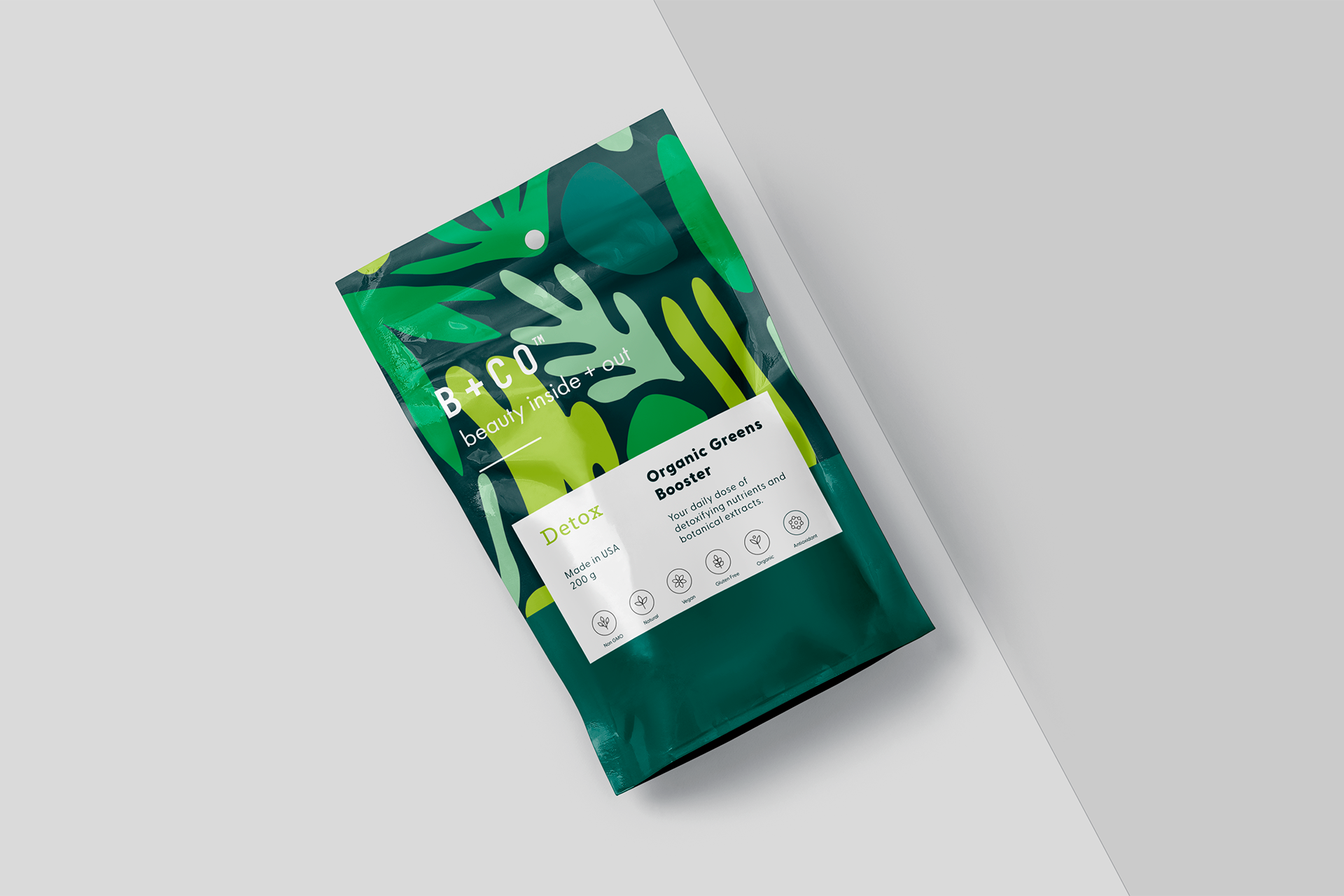In the last few years, plastic packaging has come under fire. Across the globe, many governments have passed laws banning single-use plastics. A new law in California prohibits deceptive recycling claims and requires brands to use recycling-friendly components, inks, adhesives, and labels. With many leading brands announcing targets to eliminate unnecessary plastics and ensure their packaging is recyclable, compostable, or reusable by 2025, sustainability is becoming a minimum requirement for doing business.
Brand thought-leaders already know: consumers demand packaging that is recyclable and planet-friendly. Whether you’re using rigid plastic packaging or flexible packaging pouches, sustainable supplement packaging is within reach. Read on to find realistic steps toward reaching your sustainable packaging goals.
Creating sustainable rigid packaging
Rigid plastic packaging is standard across most markets, including the nutraceutical market. PET and HDPE are the most common plastics used to package vitamins, dietary supplements, functional foods, and beverages. The good news? These plastics are widely recyclable. A circular approach to packaging can help contain our growing landfills, reduce reliance on fossil resources and lower our environmental impact.
Design with recycling in mind
PET and HDPE containers are widely recyclable, but labels, inks, and adhesives are sources of contamination in the recycling process. To ensure a closed loop for recycled packaging, nutraceutical brands need solutions that work with the current recycling system.
Where should you start? The voice of plastics recycling, The Association of Plastic Recyclers (APR), publishes an excellent resource called the APR Design® Guide for Plastics Recyclability. In it, you’ll find guidelines and lists of preferred components to help you design recycle-friendly supplement packaging. Brands that utilize these “preferred” components ensure their packaging can recycle into high-quality post-consumer recycled content.
Brook + Whittle has worked with the APR for years and has tested various printed labels to meet their guidance requirements.
PET solutions
Our GreenLabel™ solutions for PET packaging enable recycling without sacrificing performance or aesthetics. They are also compatible with existing label application and filling equipment.
- This pressure sensitive wash-off solution pairs floatable films with a recyclable wash-off adhesive, allowing the label to cleanly release from the PET flake.
- This crystallizable shrink solution is a PET-C film printed with our GreenLabel™ ink system. These inks completely wash off the ground shrink flakes, allowing the label and bottle to be recycled. This solution maximizes impact on the shelf and 360-degree branding without sacrificing recyclability.
- Our light-blocking shrink solution is a crystallizable shrink sleeve with a proprietary light-blocking coating. This coating blocks up to 99% of light, protecting light-sensitive ingredients. And, when your package is recycled, it correctly sorts as PET plastic!
HDPE solutions
Our GreenLabel™ solutions for HDPE packaging also meet the Association of Plastic Recyclers (APR) Design Guide, enabling correct sorting and recycling of HDPE containers. These solutions are also compatible with existing label application and filling equipment.
- This pressure sensitive solution pairs floatable films with releasing adhesives, reducing contamination and increasing recycling yield.
- Our perforated shrink sleeves provide 100% bottle coverage, giving your product better shelf appeal. Better yet, perforations allow consumers to easily remove the label before recycling.
Looking for other ways to improve the sustainability of your rigid packaging?
Choosing renewable or recycled content solutions is an excellent way to reduce your carbon footprint. Our solutions offer identical performance and aesthetics as our standard materials, ensuring your labels make a strong impression while making a difference. This blog post can help you determine if recycled materials are right for your brand.

For eco-friendly pouches
Did you know that traditional flexible packaging is not curbside recyclable? Because pouches are typically constructed with mixed materials, flexible packaging is difficult to sort and effectively recycle for reprocessors. In addition, flexible packaging:
- Causes downtime – thin films wrap around recycling equipment, causing significant downtime.
- Contaminates the recycling stream – food residues typically contaminate flexible packaging.
While buyers can’t recycle flexible packaging curbside, you can still create sustainable supplement packaging that appeals to today’s eco-conscious consumers. One way of doing this is by utilizing mono-material constructions. An all-PE film pouch is easier to reprocess and is recyclable through collection services like How2Recycle’s Store Drop-off program.
How2Recycle’s Store Drop-off program is designed to address the recycling of flexible packaging. They partner with reprocessors like TREX, a plastic composite decking manufacturer, or PE film manufacturers to recycle grocery bags, e-commerce mailers, and all-PE pouches. In 2017, the program recycled over 250 million pounds of plastic film!
Most major grocery stores have drop-off locations. Consumers can recycle any package with the Store Drop-off logo at over 20,000 locations across the US. This access makes it easy for your consumers to contribute to the circular economy and ensure your package doesn’t end up in landfills.
The good news? The PE films we use to manufacture our sustainable pouches are pre-approved by How2Recycle. We’ll work with you to create flexible packaging that aligns with your brand and satisfies your recyclability goals.
Alternative ways to boost the sustainability of supplement packaging
Suppose you’re not ready to switch to an all-PE package. In that case, you can boost the sustainability of your flexible packaging in other ways. We offer post-consumer recycled (PCR) content, compostable, and bio-based films for exactly this reason. Furthermore, flexible packaging offers more in the way of sustainable supplement packaging. Its lightweight construction reduces storage area needed, transportation costs, and overall carbon footprint. Learn why more nutraceutical brands are making the switch to flexible packaging.


